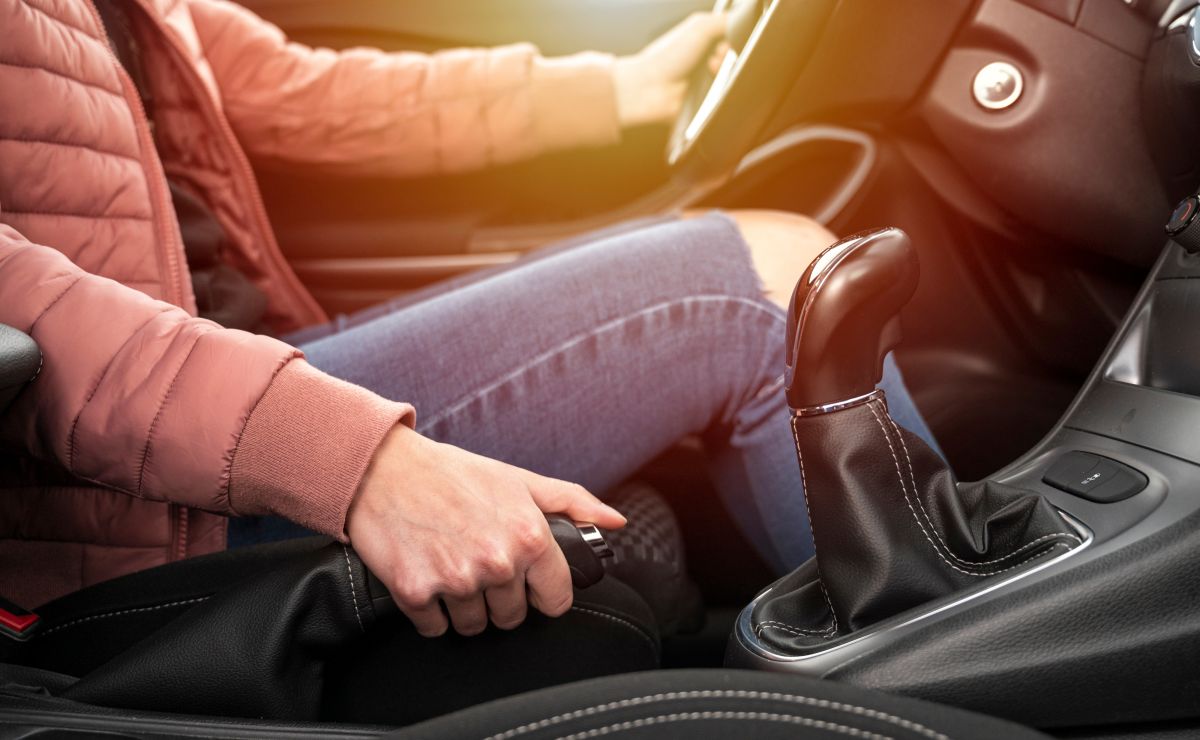The parking brake is an essential part of a vehicle’s braking system and is designed to keep you safe and stable while parked. However, yesYour appropriate use may vary depending on the circumstances. In this article, we’ll explore when it’s appropriate to use the parking brake and when it’s best to avoid it, as well as understand how it works and how to properly release it.
When to use the parking brake
In general, the parking brake should be applied when the vehicle is parked on a slope, either uphill or downhill. in these cases, The parking brake provides an extra layer of safetyWhich prevents the car from skidding or moving unexpectedly.
Also, when on rough terrain, applying the parking brake helps prevent the vehicle from rolling forward or backward when the main brake pedal is released.
There is an additional reason to use the parking brake even on an automatic transmission car. The outer sheath of a brake cable is often exposed to moisture from rain or condensation, which can oxidize and clog the inner cable over time. Regular use of the parking brake stresses the cable, keeping it in good condition and operating optimally for a longer period.
When not using the parking brake
Although the parking brake is useful in certain situations, there are times when it is not recommended to use it. For example, if the car is on a flat, level surface, it is not necessary to use the parking brake. In these cases, the shift system in “P” (Park) on the automatic vehicle is sufficient to keep the vehicle in place.
Also, when the weather is very cold, it’s best to avoid using the parking brake, as it can freeze and make it difficult to release.
How to properly release the parking brake
To release the parking brake, it is important to follow the correct steps to prevent damage to the vehicle. First, make sure your foot is on the main brake pedal. then, Slowly release the parking brake Meanwhile, gently depress the main brake pedal. This will prevent the car from jerking when the parking brake is released.
How does the hand brake work
The parking brake, also called the parking brake or emergency brake, is an essential component of a vehicle’s braking system. It is connected to the rear brake, and when activated, it uses less force compared to the main braking system. Its main task is to ensure that the rear wheels remain stationary when the vehicle is parked.
In addition, many modern vehicles are equipped with a parking rotor, which locks the transmission mechanism when the parking brake is activated, preventing the vehicle from moving.
Differences between a lever handbrake and an electric handbrake
There are many variants of braking systems, but in general, two types of handbrake can be identified. It is important to note that it is recommended to check your owner’s manual to confirm the type of parking brake installed in your vehicle. The two common types of parking brake are:
- Mechanical parking brake: This system is activated by a lever usually located on the right side of the driver. Pulling the lever applies the rear brake, ensuring that the wheels do not spin freely. The mechanical parking brake has been widely used in conventional vehicles.
- electric parking brake: This system is activated by pressing a button or switch that usually has the letter “P” on it. When activated, an electronic signal is issued that activates the rear brake, keeping the vehicle in position. The electric parking brake is becoming more common in modern cars, providing practical and efficient functionality.
In short, the parking brake is an essential vehicle safety tool, but its correct use depends on the circumstances. Use it when standing on a slope or uneven ground, but avoid activating it on flat surfaces. It will ensure that you understand how it works and release it correctly Safe and hassle free processing.
Also, keep in mind the differences between a winch and an electric parking brake, as they both perform the same basic function but with different activation mechanisms. Remember that knowing and using the parking brake correctly is essential to the responsible and safe driving of your vehicle.
You may also be interested in:
Learn about all the hidden functions of the handles on the car doors
What is Teflon for cars: the keys to a stylish coating
3 Signs of a Turbocharger Failing: Troubleshoot and Avoid Costly Failures
How to start a car with a dead battery and no other car to get to
What are the black dots on the windshield of a car and what is their purpose?





